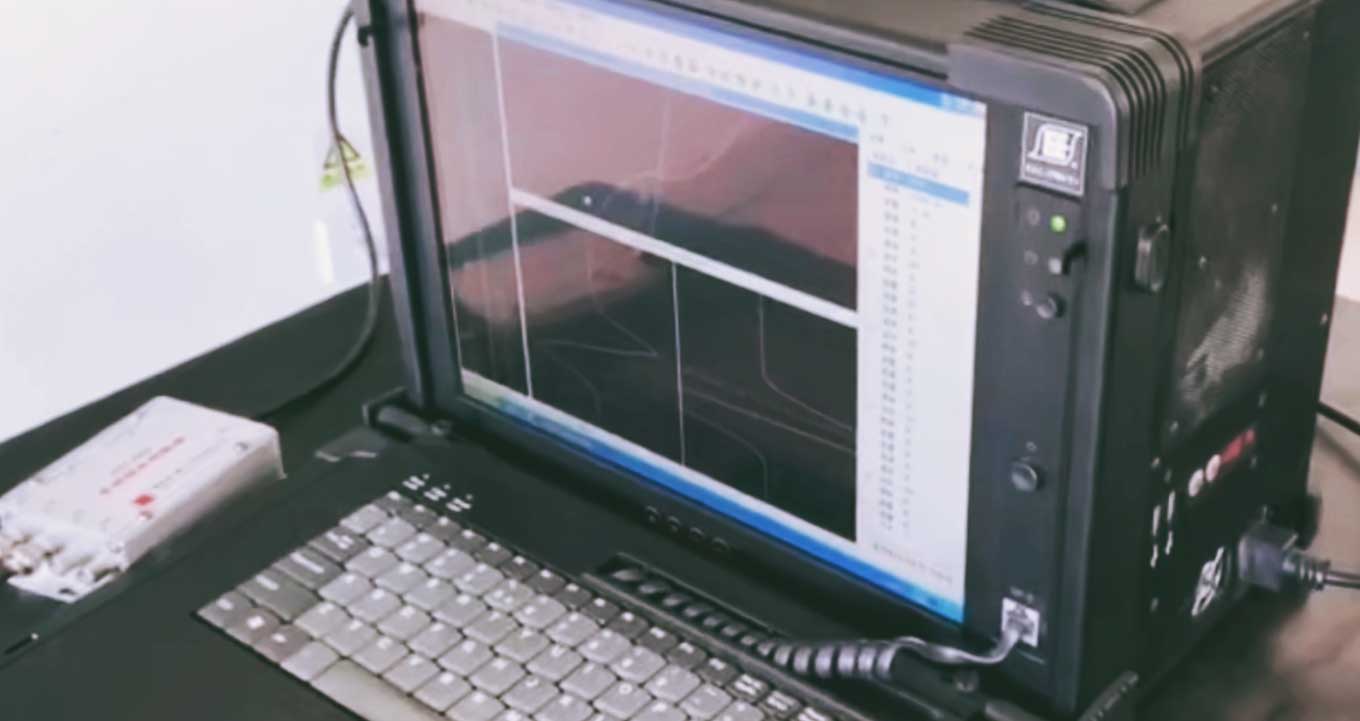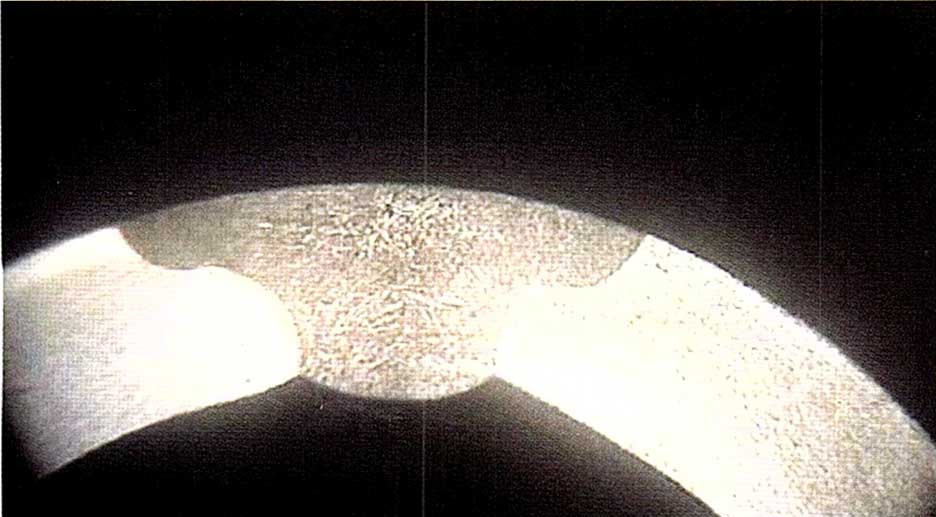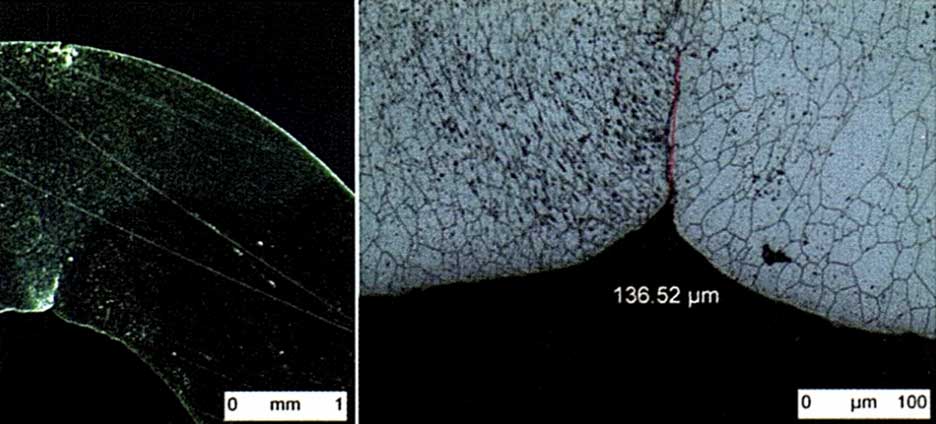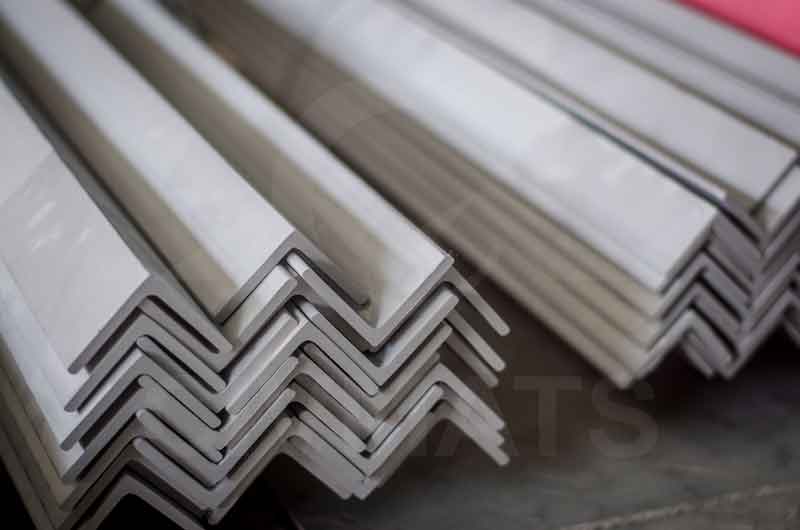While technology advances, we have better steelmaking facilities. SimpleWhen it comes to difference among main stainless steel grades like 304 & 316L, most answers point to chemical compositions with an emphasis put on the expensive elements like nickel, chromium and molybdenum contents. This can be a fast learning method for those who have experience and knowledge in stainless steel industry. However, for the newcomers trying to get quick and trusted answers can get more confused. In our view, nothing comes better than a case study, which can be as informative to the new as to the experienced. Here comes into play the feedwater heater (FWH) tube.
The feedwater heaters are essential and crucial parts of thermal power plants and nuclear power plants. They are constructed of tubes through which feedwater is passed. Have to mention, stainless steel as raw material has been used for making FWH tubes since 1970S, mainly ferritic stainless steel and austenitic stainless steel. Due to better corrosion resistance, longer service life and decreased stainless steel cost, austenitic stainless steel prevails over ferritic stainless steel in material choice in recent decades, almost in every walk of life. Hence, this article focuses solely on austenitic stainless steels. According to different working environments of FWH, the below austenitic stainless steels will be taken into consideration.
Stainless Steel 304
The most common and widely used stainless steel material is TP304, which can be regarded as a based rate to understand its variants.
Stainless Steel 304L
In operating environment where higher corrosion resistance is a must, while the required mechanical property is below ASME standard, 304L as the lower carbon version of 304, can be a good choice.
Stainless Steel 304N
304N is applied in scenarios contrary to 304L. As a nitrogen strengthened version of 304, 304N accommodates to the working condition where mechanical properties are higher than required by ASME standard.
Stainless Steel 316 & 316L
When requirement on corrosion resistance is higher than 304 and its variants can handle, 316 and its variant 316L (similar to 304 & 304L) can be considered at higher cost. For example, in salty environment, 304 is far from sufficient to resist the corrosion resistance. 316 or 316L will be chosen alternatively. 316L stainless steel is also known as marine grade.
This gives a simple and quick view of difference among main stainless steel grades. If you are interested in getting out more of this article, such as stainless steel tubes that construct FWH. Let’s walk further.
Since FWHs play a significant role in the efficiency of power plants, the choice of stainless steel tubes cannot be emphasized more. Previously, stainless steel tubes served for this purpose are dominated by seamless stainless steel tubes, still in wide use for today. However, with Vallourac (VHET) introducing welded stainless steel tubes for this service in 1980S, the FWH material costs have been brought down significantly relative to traditional stainless steel seamless tubes. Power plants can choose between stainless steel seamless tubes and stainless steel welded tubes according to their own budget and considerations. There are two specifications widely referred for producing stainless steel welded tubes applied for EWH, i.e.
- 1) ASTM A688/A688M: Standard Specification for Seamless and Welded Austenitic Stainless Steel Feedwater Heater Tubes
- 2) ASTM A249/A249M: Standard Specification for Welded Austenitic Steel Boiler, Superheater, Heat-Exchanger and Condenser Tubes
Both specifications listed above require cold work on weld seam before annealing. To ensure weld seam to be consistent with the tube body in mechanical property and corrosion resistance, this is an inevitable process. Now several process can meet this requirement such as seam levelling, peening, roll sinking, drawing. VHET applies roll sink anneal. Due to online annealing as the last process, the bright annealed stainless steel tubes are free from surface oxidation both inside and outside. After production, visual inspection will be conducted, followed by Non Destructive Testing (NDT), i.e., pneumatic test, eddy current test and ultrasonic testing. Bending tubes are sometimes required by clients. Have to emphasize, some stainless steel tube manufacturers in China will choose to skip this process to enhance price competition. To avoid any potential quality issue, we suggest stress relieving post bending should be specified in contract with Chinese stainless steel tube manufacturer. Afterwards, hydrostatic test, visual inspection, cleaning and packaging will be done to finalize the order.
Eddy Current Test VS Ultrasonic Test
Eddy Current Test (ECT)
Acc. To ASTM A688, stainless steel tubes produced should be subjected to ECT. Short defects, volume defects or short weld defects (such as pits, slivers, and longitudinal discontinuities) can be detected through ECT. ECT works through encircling coil. The test coil is activated by an AC (alternating current) of a defined frequency which induces a flow of eddy currents around the product that is passing through the coil. A change in the flow of eddy currents can be detected by the electronics when a flaw is passing through the coil.

ECT is most widely applied in detecting surface flaws in bars, wires and pipe tube products. When defect is larger than acceptable, the product will be rejected. Kindly check the photos of surface defects from ECT for reference:

Ultrasonic testing (UT) is such a kind of NDT technique that sends ultrasonic waves through a material for flaw detecting. It is often conducted in vertical direction to detect length or longitudinal weld seam defects, such as incomplete penetration or mismatched weld in pipe materials (referring to below photos).


Even if UT test is not required by ASTM A688, a compulsory UT is suggested. From several rounds of experiment, we find ECT insufficient to detect incomplete penetration or misalignment issues which can otherwise be detected by UT. At Civmats, we have strict quality control on manufacturing stainless steel FWH tubes. If you have such demand, welcome to us, a serious company who always puts clients’ interests in the first place.
CONTACT CIVMATS
CIVMATS CO. LIMITED, the leading stainless steel manufacturer in China you are looking for! We save money for our clients by providing consistently reliable quality.
- Email: sales@civmats.com
- Phone: 86-519 8180 9659

